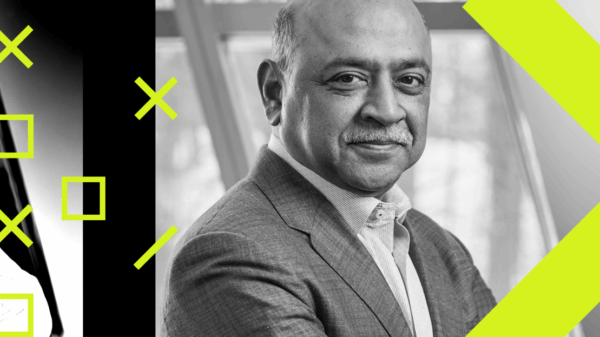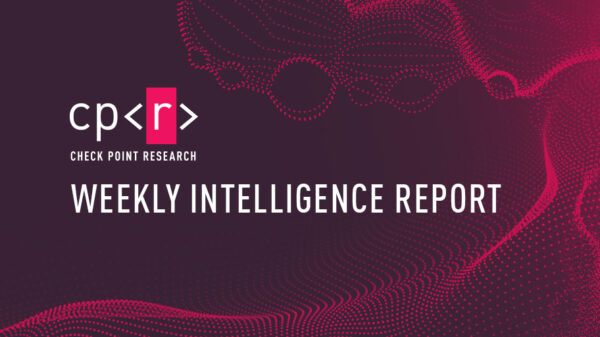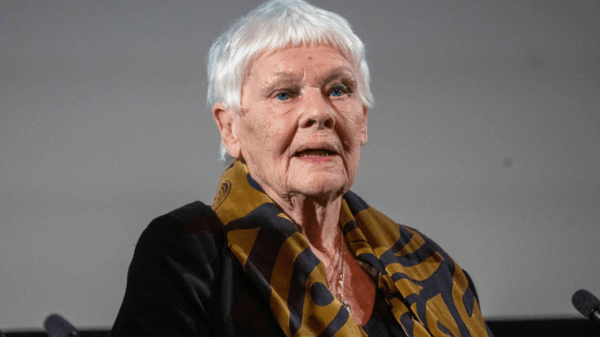BREAKING: Chamath Palihapitiya, former Facebook executive and venture capitalist, has ignited a heated debate on mental health and work-life balance with his recent statement urging aspiring entrepreneurs to “don’t do anything other than working” to achieve success. This controversial stance, revealed in an interview with Yahoo Finance, challenges the evolving workplace norms of 2025 as more employees push back against relentless dedication.
This provocative advice from Palihapitiya underscores a hustle culture that prizes obsessive commitment over personal well-being, drawing sharp criticism from workers demanding a healthier work-life integration. This clash of ideologies is particularly important as the World Economic Forum warns that by mid-2025, half of all employees will need to reskill due to AI and automation, while also facing rising burnout rates.
Recent surveys highlight a troubling reality: a poll of over 8,000 tech professionals shows that 60% feel overwhelmed by the demands of constant connectivity. As the workforce shifts towards more flexible environments, Palihapitiya’s views seem increasingly out of touch.
The tension between Palihapitiya’s philosophy and the modern workforce’s needs is clear. Reports indicate a growing trend of “quiet quitting” and the adoption of four-day workweeks in tech hubs like San Francisco and Austin, where companies are experiencing productivity gains without the grind. According to insights from SHRM, these shifts reflect a broader movement toward mental health prioritization in the workplace.
Furthermore, the emergence of AI technologies is redefining work dynamics. While automation can alleviate routine tasks, there’s an increasing pressure to perform, prompting discussions on platforms like X (formerly Twitter). Influencers such as Lenny Rachitsky are emphasizing the need for balance amid these AI-driven changes, as workers seek more flexibility and less burnout.
Critics of Palihapitiya’s work ethic mantra point to high-profile exits from companies like Tesla and Amazon, where toxic cultures of overwork have led to a 15% spike in employee turnover rates. The evidence is mounting that innovation flourishes in a balanced environment, contradicting Palihapitiya’s all-or-nothing stance.
Looking ahead, industry leaders are at a crossroads. The challenge lies in harnessing the intense focus that Palihapitiya champions while ensuring talent retention. As trends evolve, a hybrid approach that combines ambition with empathy may redefine success metrics in 2025, with a focus on skills mapping and flexible work settings.
In conclusion, while Chamath Palihapitiya’s extreme dedication philosophy may resonate with some, the overwhelming sentiment from the workforce suggests a pressing demand for change. As we move through 2025, companies that adapt to these new realities—fostering environments where dedication coexists with well-being—are likely to emerge as the leaders of tomorrow.






































































